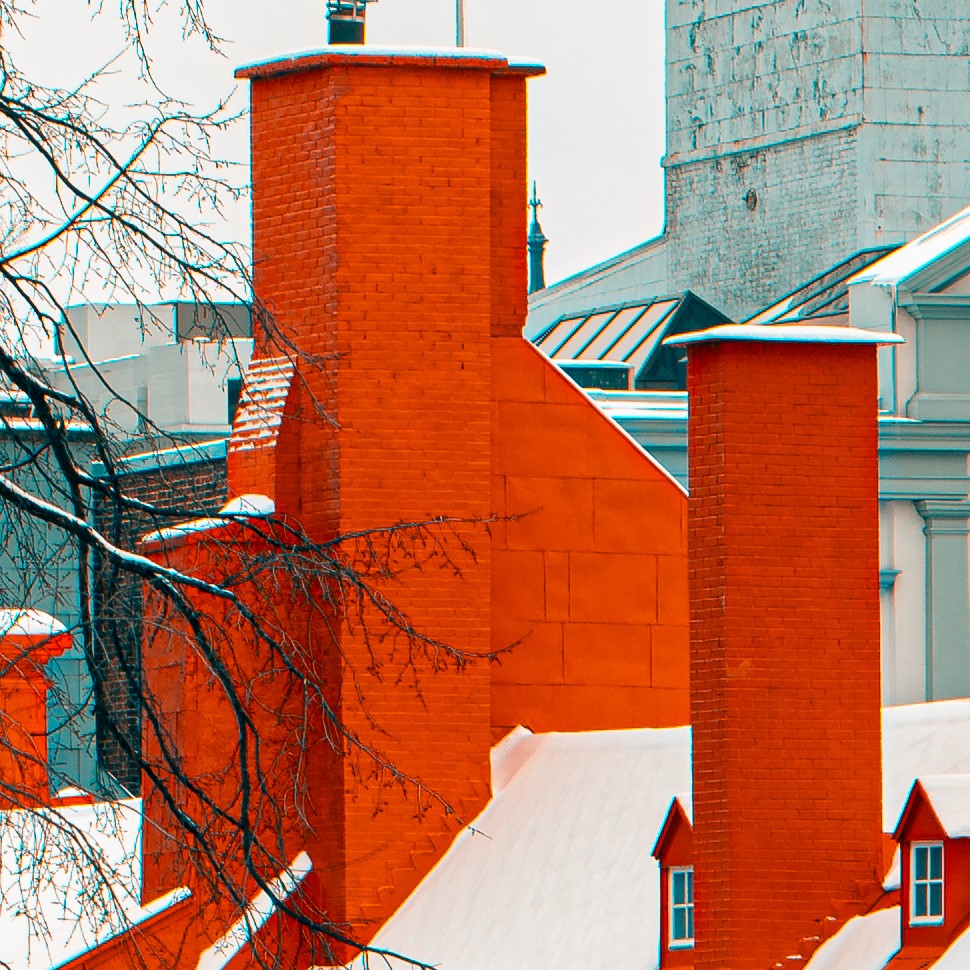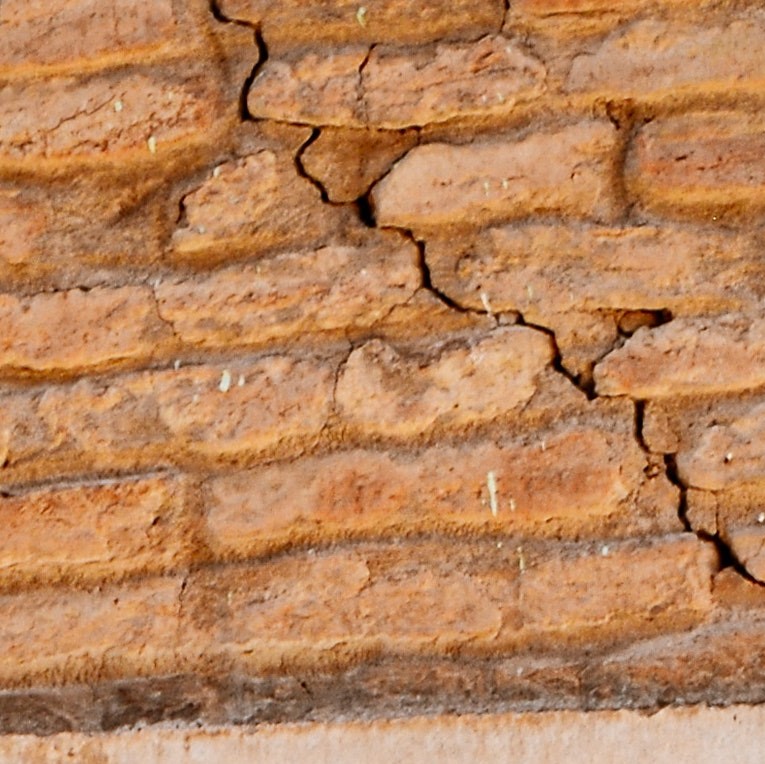 The chimney is an impressive structure built to withstand the high temperatures of a roaring fire in the fireplace. It also takes the brunt of Mother Nature all year long, combatting wind, ice, storms, and humid summer conditions. As a result, the chimney will need maintenance and repair from time to time. The appearance of chimney cracks is a sign that shouldn’t be ignored.
The chimney is an impressive structure built to withstand the high temperatures of a roaring fire in the fireplace. It also takes the brunt of Mother Nature all year long, combatting wind, ice, storms, and humid summer conditions. As a result, the chimney will need maintenance and repair from time to time. The appearance of chimney cracks is a sign that shouldn’t be ignored.
Freeze-Thaw Conditions in Winter
One of the most common causes of chimney cracks occurs during the winter when fireplaces are used the most. Masonry chimneys are porous materials. They absorb moisture as the snow-covered bricks melt when temperatures rise during the day. As nighttime arrives and temperatures dip below freezing, the absorbed water freezes inside the bricks. The ice crystals expand, causing tiny cracks on the surface. Hardly noticeable at first, the small cracks continue growing as the freeze-thaw cycle repeats throughout the winter. Eventually, gaps in the mortar joints appear along with cracked, chipped, and even crumbling bricks. The mortar erosion can also loosen the bricks and ultimately separate from the structure.
Lightning
Lightning strikes are a more common phenomenon than many homeowners may realize. According to the National Oceanic and Atmospheric Administration (NOAA), more than 30 million ground points are struck by lightning annually. Since lightning often strikes the highest point, the chimney is a potential target. Lightning contains billions of watts of electricity, generating 18,000 F to 60,000 F of heat. Evidence of lightning striking the chimney includes burn marks, gaping holes in the structure, and damage to portions of the chimney where it was struck. Contrary to popular myths, lightning can strike the same area twice.
Settling
Many homeowners may not realize it, but the chimney is the heaviest structure attached to the home. Settling occurs when the weight of the house or chimney sinks into the ground. Poor soil conditions or weakening due to moisture intrusion or pests can increase the severity of settling. When settling occurs, cracks can develop in the bricks and the chimney foundation. In more severe cases, the chimney may even start to lean or separate from the house.
 Footing Problems
Footing Problems
The chimney should be built on a solid footing to support the weight of the structure. A foundation that is too small or is built on poor soil conditions can result in structural problems, including cracks and leaning. The freeze-thaw cycle can also cause cracks in the cement footing.
Poor Chimney Construction
Chimneys should be built to industry-standards by experienced chimney masons per state and local building codes. A chimney that is poorly constructed or constructed with inferior materials can cause cracks, water leaks, and other safety issues. Also, there is a certain amount of space that is required between the flue line and chimney. Failure to adhere to these standards could also cause cracks in the flue liner, increasing the risk of fire and exposure to toxic fumes.
If you notice any chimney cracks, contact your local chimney professional or Black Moose Chimney to schedule a chimney inspection. Our chimney professionals will repair your chimney so you can continue to enjoy your fireplace safely.


